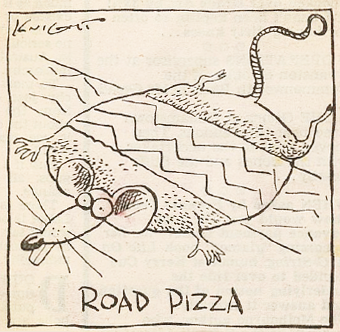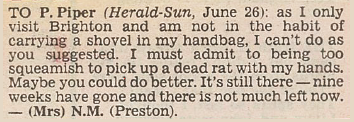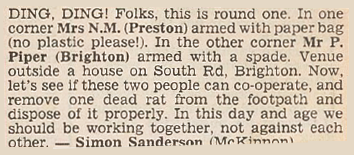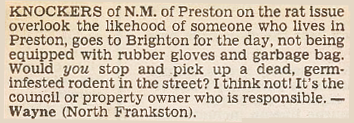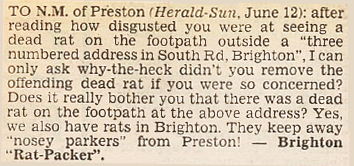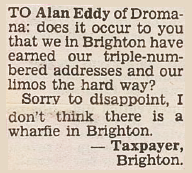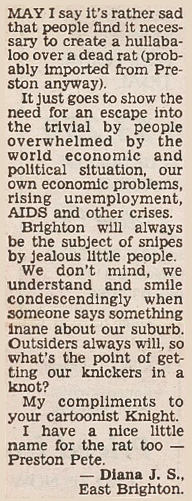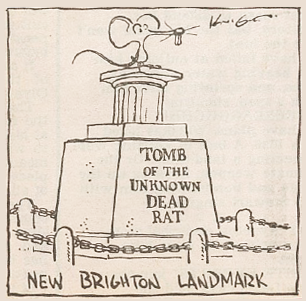30 September 2016 Why Quentin Tarantino Would Hate Facebook Video

The Hateful Eight, in glorious widescreen.
Ideally every placement in a campaign is created bespoke, embracing where the ad will be consumed and the context around it. The best executions lean into their channel, not blindly ignore it.
Aside from message cut through (kinda a big deal), this becomes even more important on Facebook. Because Facebook penalises brands who create shit content. They also reward those who are more relevant with greater organic reach and a lower CPM on the media buy.
Naturally the concept itself plays a major role in increasing relevance, but so too does execution. This is particularly pertinent with video, which is quickly taking over our newsfeeds.
And here is why Quentin Tarantino would hate contextualising video for Facebook (or “How to Make Your Videos on Facebook More Relevant”):
1. Play Your Cards Early
The Director’s Cut of The Hateful Eight starts with a three minute overture, followed by a slow series of establishing shots. Which works in a distraction-free cinema but not when you’re on the tram scrolling through your Facebook feed. Videos need to get to the point quickly with only a second or two to catch someone’s attention. The establishing shot is crucial, as is the preview image that holds while autoplay loads.2. Use a Square Format
At select theatres that The Hateful Eight projected in 2.71:1 ultra widescreen. But with 60% of Facebook Video watched on mobile, that’s a terrible use of the screen real estate. 4:3 works well but for best fit run with a square format (or if you’re feeling really brave, tell the Creatives they need to film in vertical video).3. Don’t Rely On Sound
A long dialogue-heavy scene is classic Tarantino. But in some cases we’re seeing up to 95% of video being watched without sound. The quick fix is subtitling, although don’t make it too small for mobile and consider caption overlays. More effective would be bespoke concepts that don’t rely on audio. Publishers tend do this best, building in visual cues and edits that tell the narrative without sound.
If you’re looking for inspiration, Tasty do it best. And without spending a cent they did more than 1.7 billion views in July. Not bad for a publisher only 14 months old.
You would never run your print ad as outdoor (although Coles just did) so don’t do the same with your TV ad on Facebook. And don’t ask Quentin to direct it.




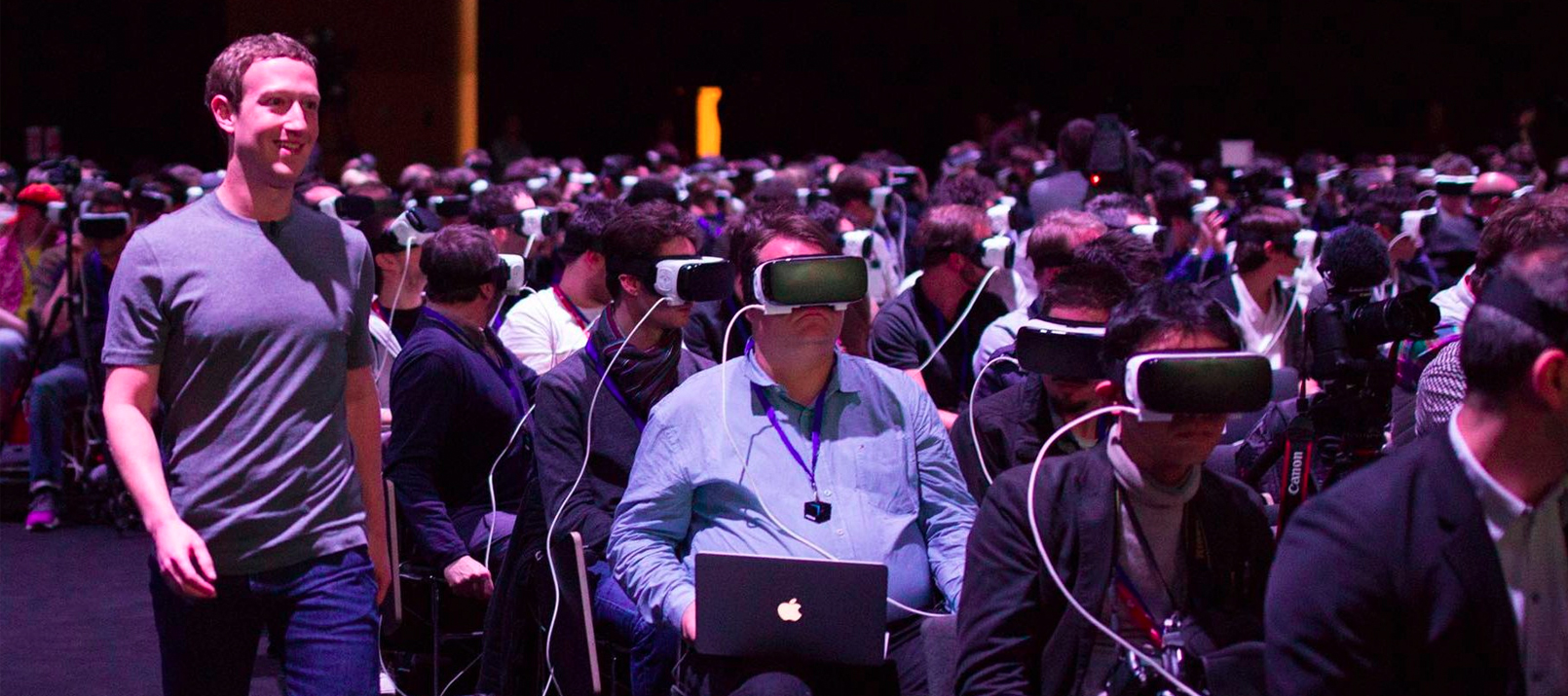 A depressing glimpse into the future.
A depressing glimpse into the future.


